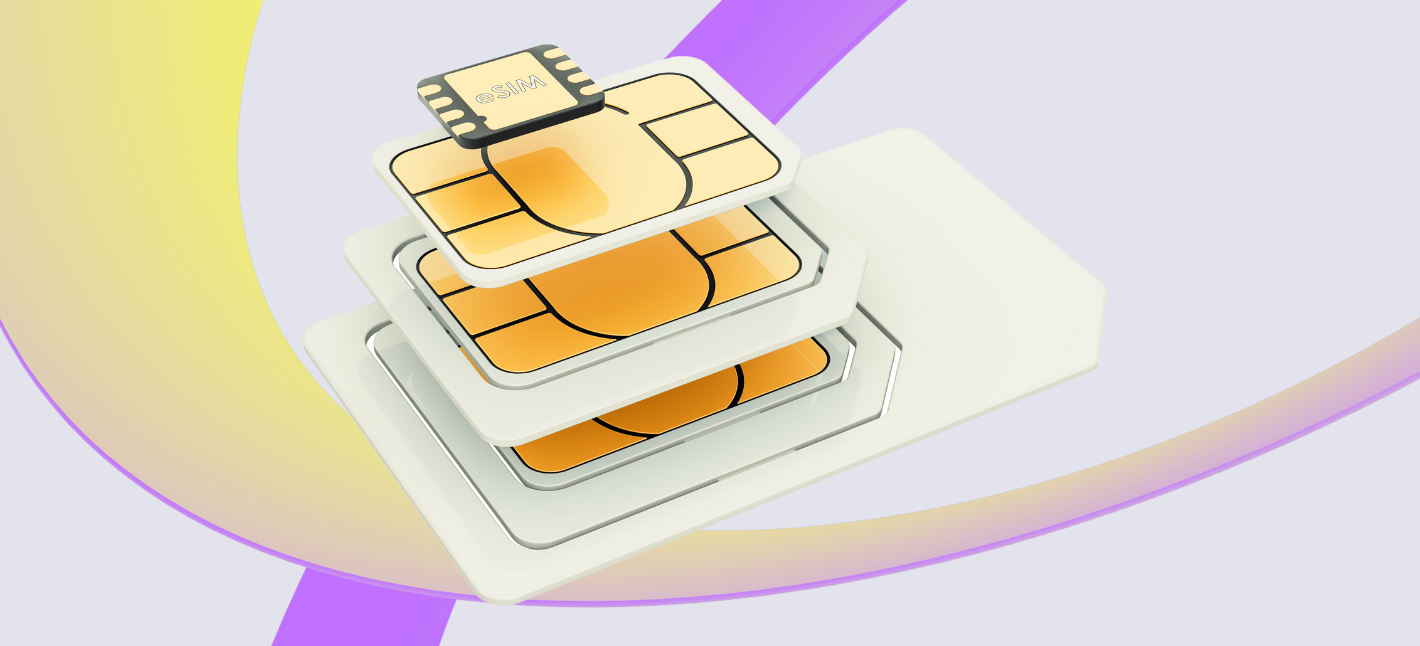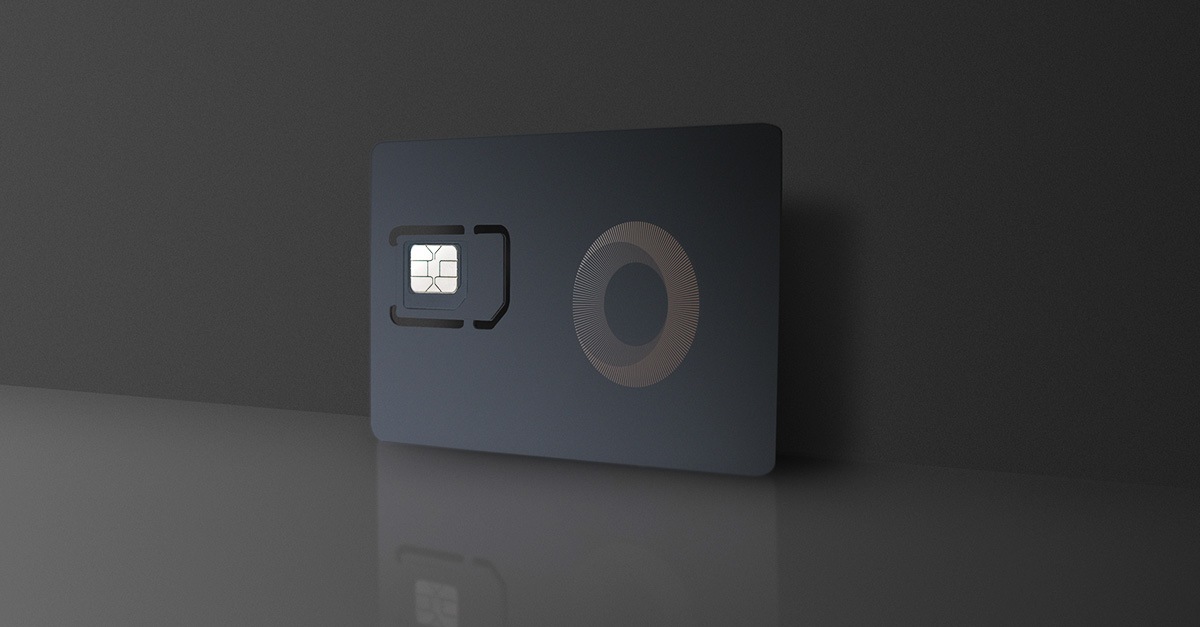Iot Sim Card North America IoT SIM Cards Professional IoT Connectivity
Iot Sim Card North America IoT SIM Cards Professional IoT Connectivity
Blog Article
Sim Card Per Iot Buy IoT SIM Cards
The landscape of Internet of Things (IoT) connectivity has grown increasingly complicated, making the selection of communication technologies crucial for builders and companies. Two distinguished options on this area are Wi-Fi and Low Power Wide Area Networks (LPWAN). Both technologies serve the purpose of connecting devices, but they cater to different use cases, providing unique advantages and limitations.
Wi-Fi is ubiquitous, present in properties, places of work, and public areas. It provides high knowledge throughput, allowing devices to communicate effectively. This makes Wi-Fi appropriate for purposes that require real-time knowledge transmission, such as video streaming or online gaming. The excessive bandwidth of Wi-Fi permits seamless connectivity for quite a few gadgets inside shut range, ensuring quick and reliable entry to the web.
However, the dependence on proximity is often a significant drawback. Wi-Fi sometimes requires gadgets to be inside a restricted vary of a router or access point. As a end result, it may not be best for functions needing long-range connectivity, corresponding to agricultural sensors spread throughout vast fields. Moreover, Wi-Fi networks often require considerable power, making them less suitable for battery-operated devices, which are prevalent in IoT functions.
On the other hand, LPWAN technologies like LoRaWAN and Sigfox are designed to connect devices over longer distances whereas consuming minimal power. These networks can transmit data over several kilometers, making them advantageous for rural and remote applications. LPWAN is especially effective in eventualities the place intermittent data transmission is adequate and extended battery life is prioritized.
Best IoT SIM Card What is an IoT SIM Card?
Low power consumption is likely one of the foremost benefits of LPWAN. Devices deployed in hard-to-reach areas or those who have to operate over several years with out battery replacement profit greatly from this effectivity. This advantage makes LPWAN a most popular selection for applications such as smart agriculture, environmental monitoring, and asset monitoring.

Wi-Fi's greater knowledge rate contributes to its widespread adoption in numerous situations. For functions requiring substantial bandwidth, corresponding to video surveillance, Wi-Fi proves to be indispensable. The expertise helps hundreds of megabits per second, which is an incredible advantage when excessive knowledge transmission is crucial.
In distinction, while LPWAN excels in long-range communication, its knowledge charges are significantly decrease, usually in the range of kilobits per second. This limitation makes it unsuitable for applications needing high-speed transmission. For instance, LPWAN may be less efficient for CCTV feeds or centralized knowledge centers that necessitate fixed and speedy data circulate.
Both technologies grapple with scalability of their unique methods. Wi-Fi networks can turn out to be congested because the variety of gadgets will increase, resulting in performance issues as a result of interference. Enhanced protocols and hardware can alleviate some problems, but the basic limitations remain. In distinction, LPWAN is designed to support 1000's of devices in a single community without significant degradation in performance.
Cheap Iot Sim Card IoT SIM Cards Available Anyone
Moreover, the infrastructure required for every technology varies considerably. Establishing a Wi-Fi network requires routers, entry points, and sometimes, a strong backhaul connection to the internet. While LPWAN additionally wants gateways for its gadgets to communicate with the cloud, the deployment is less intensive and might cowl bigger areas with fewer access points. This issue simplifies the setup, particularly in rural or less-developed areas.
Security additionally presents different challenges for both technologies (Buy Iot Sim Card). Wi-Fi networks, regardless of being widely regarded, may be susceptible to a spread of attacks, together with unauthorized access and discount of service high quality via interference. Though modern encryption strategies assist mitigate these risks, the problem remains pertinent.
Buy Iot Sim Card IoT SIM
LPWAN, whereas less targeted, isn't immune to safety vulnerabilities. As a newer know-how, the strategy to securing LPWAN networks is still evolving, which may current challenges for businesses concerned about data integrity and confidentiality. A solid security framework is important for each technologies to make sure seamless and safe IoT connectivity.
Another consideration is the potential for integration. Wi-Fi is flexible and supported by a plethora of gadgets, making it simple to combine into existing systems. This compatibility simplifies deployment for many companies looking for to modernize their operations.
LPWAN, nevertheless, is gaining traction because of its distinctive offerings, making it a viable various for specialized applications that require its specific functionalities. The integration of LPWAN into existing systems is probably not as simple as Wi-Fi, yet its advantages typically outweigh the preliminary hurdles.
Iot Sim Card Europe Prepaid IoT SIM Netherlands
Cost is usually a decisive issue for companies evaluating their options. Setting up a comprehensive Wi-Fi network can entail significant investment in hardware and infrastructure, especially for large-scale deployments. The maintenance prices may also be a concern, given the necessity for ongoing assist and upgrades to the gadgets used.
In contrast, LPWAN provides a cheaper solution in eventualities requiring in depth deployment over a wide space. Its low power consumption means decreased operational costs, primarily if devices solely transmit small amounts of information sometimes.
Vodafone Iot Sim Card IoT SIMs Any Device Anywhere
Ultimately, the selection between Wi-Fi and LPWAN for IoT connectivity largely is decided by specific use instances and requirements. Wi-Fi is excellent for high-bandwidth applications inside short-range environments, whereas LPWAN stands out for long-range, low-power functions best for rural and remote setups.
In conclusion, both Wi-Fi and LPWAN have significant roles in the evolving IoT panorama. Understanding their capabilities, limitations, and use instances will allow companies and developers to make informed choices. By aligning know-how with specific needs, organizations can harness the total potential of IoT, making certain efficient and reliable connectivity for their gadgets.
- Wi-Fi provides high information switch rates, making it appropriate for purposes requiring real-time data streaming, whereas LPWAN focuses on long-range communication with minimal power consumption.
- LPWAN networks are designed for low-bandwidth purposes, which is ideal for gadgets that transmit small quantities of data sometimes, not like Wi-Fi that supports heavier information masses.
- The range of LPWAN can lengthen several kilometers, making it excellent for rural deployments, whereas Wi-Fi usually operates successfully within a restricted range, usually constrained to building spaces.
- Compared to Wi-Fi, LPWAN operates on unlicensed frequency bands, which might lead to cost-effective deployment, whereas Wi-Fi might require adherence to particular laws and bandwidth allocation.
- Battery life for LPWAN devices can prolong to several years, catering to functions where gadget maintenance is impractical, whereas Wi-Fi devices often require extra frequent recharging or power supply.
- Security protocols differ, with Wi-Fi usually employing strong encryption methods fitted to high-speed networks, whereas LPWAN might prioritize less complicated approaches to accommodate lower processing capabilities in gadgets.
- In areas with dense networks, Wi-Fi can experience congestion, affecting efficiency, while LPWAN is designed to deal with many devices simultaneously with out vital interference.
- Deployment prices may range, as establishing Wi-Fi networks can contain substantial infrastructure, whereas LPWAN solutions can typically be cheaper and quicker to deploy.
- Scalability is a key advantage of LPWAN, enabling seamless addition of recent devices over expansive areas and not utilizing a corresponding increase in infrastructure complexity seen with Wi-Fi.
- Wi-Fi generally requires consumer authentication and administration of connections, whereas LPWAN simplifies device integration, making it simpler for 1000's of devices to connect effortlessly.
What is the first difference between Wi-Fi and LPWAN when it comes to range?
Vodafone Iot Sim Card IoT SIM cards
Wi-Fi usually covers a smaller space, typically within a few hundred meters, depending on the environment. In contrast, LPWAN is designed for long-range communication, able to reaching several kilometers, making it suitable for widespread IoT functions.

How does energy consumption compare between pop over to these guys Wi-Fi and LPWAN for IoT devices?
Iot Data Sim Card IoT SIM Card
Wi-Fi tends to eat more power due to higher information rates and steady communication requirements. LPWAN, then again, is optimized for low-power utilization, allowing units to final a number of years on small batteries, which is crucial for many IoT purposes.
What forms of IoT purposes are greatest suited for Wi-Fi versus LPWAN?

Wi-Fi is right for functions requiring high information throughput and low latency, like video streaming or real-time control. LPWAN suits functions that trade small quantities of data sometimes, corresponding to sensor monitoring or environmental tracking, where lengthy battery life is a precedence.
Iot Sim Card International IoT M2M SIM Card
Can Wi-Fi and LPWAN technologies coexist in an IoT deployment?
Yes, they will complement one another. Wi-Fi can handle high-bandwidth tasks inside localized areas, while LPWAN can cover distant locations for low-bandwidth, long-range communications, creating a complete IoT ecosystem.
What are the safety implications of utilizing Wi-Fi versus LPWAN?
Wi-Fi techniques can be extra prone to hacking due to their extensive use and accessible nature. In contrast, LPWAN sometimes employs built-in safety measures like encryption and authentication, making it more resilient towards unauthorized entry, although correct implementation is essential (Iot Sim Card Australia).
Global Nb-Iot Sim Card IoT Data SIM Card
How does the worth of deployment evaluate between Wi-Fi and LPWAN?
Wi-Fi deployments could incur larger infrastructure prices as a result of want for multiple entry factors to achieve full coverage. LPWAN is often more cost-effective for wide-ranging applications, as it requires fewer gateways and less maintenance over time.
What are the scalability issues for Wi-Fi and LPWAN in IoT networks?
Wi-Fi networks can turn out to be congested with many units, resulting in lowered efficiency because the number of connections increases. LPWAN is designed to handle thousands of units over vast areas without significant degradation in service, making it more scalable for large IoT deployments.
Best Iot Sim Card Global IoT SIM Cards Business
Which connectivity choice is extra dependable in city versus rural environments?
In city areas, helpful hints Wi-Fi would possibly face interference from numerous devices and obstacles, affecting reliability. LPWAN usually performs higher in both city and rural settings, because it penetrates better by way of buildings and covers larger distances, guaranteeing a more stable connection.
Is there a significant distinction in knowledge transfer velocity between Wi-Fi and LPWAN?

Yes, Wi-Fi provides much larger knowledge transfer rates, usually in the Mbps vary, appropriate for high-bandwidth purposes. LPWAN, however, focuses on decrease bandwidth with speeds sometimes measured in kbps, sufficing for limited information transmission requirements in many IoT use circumstances.
Report this page